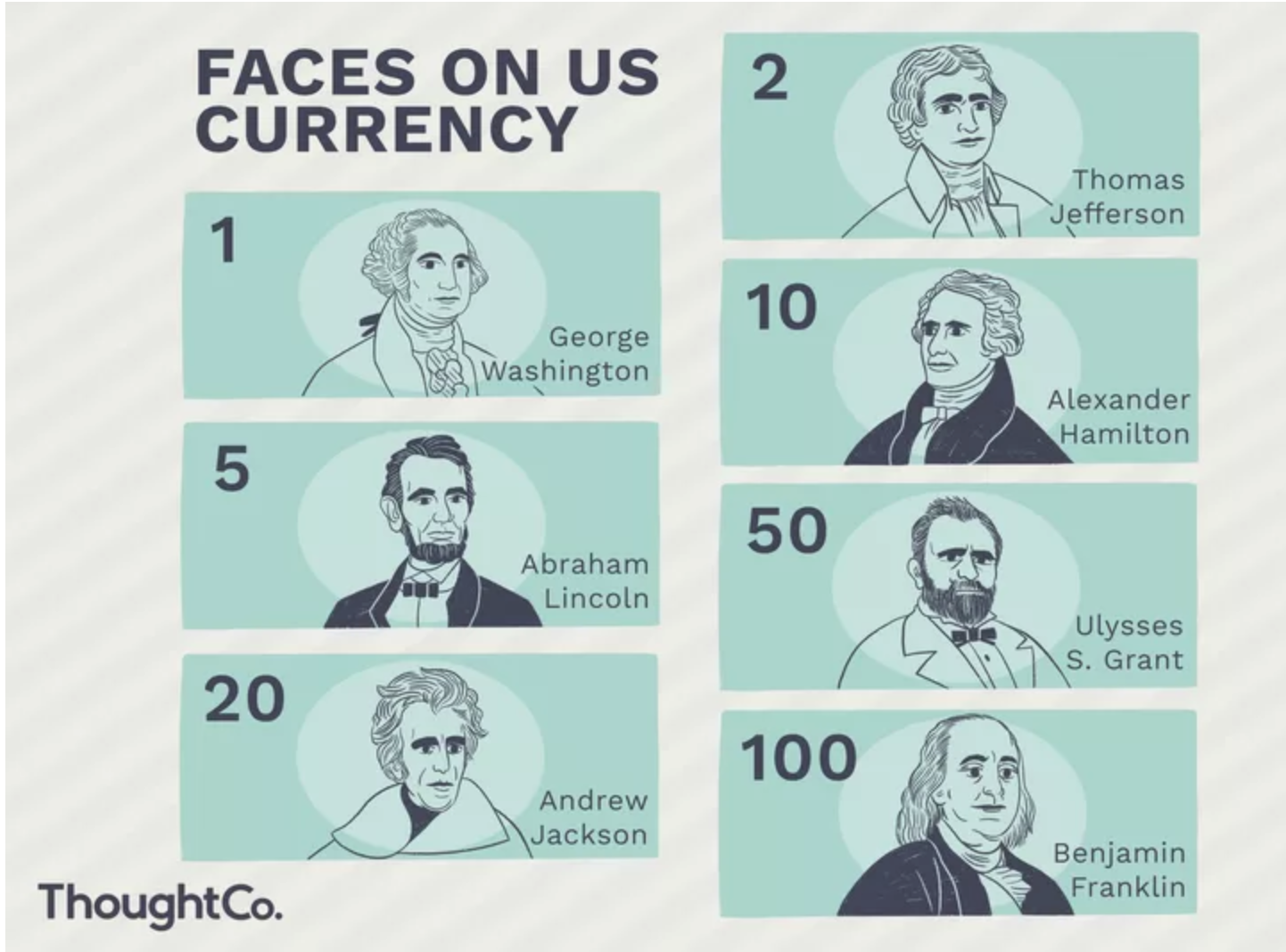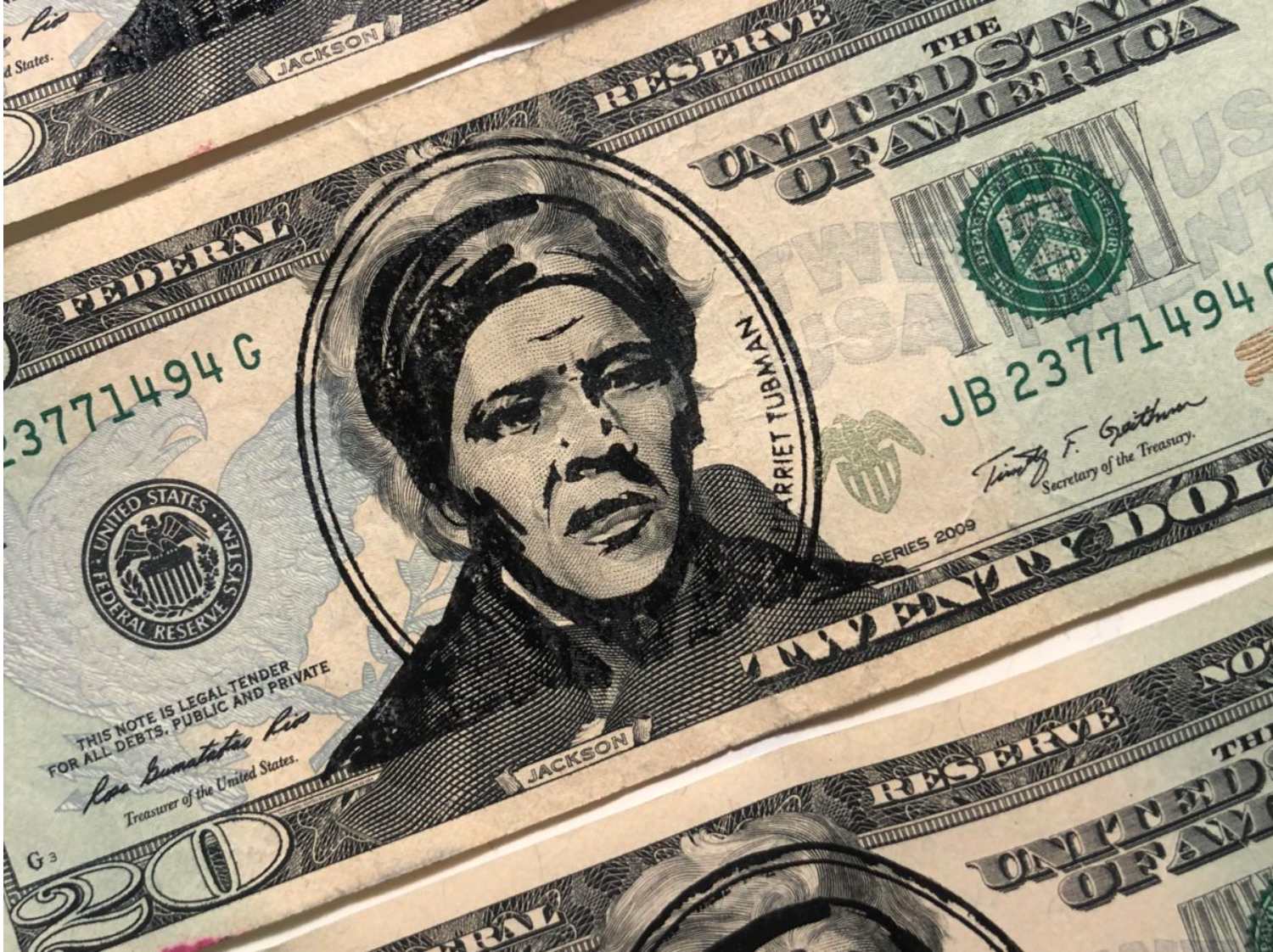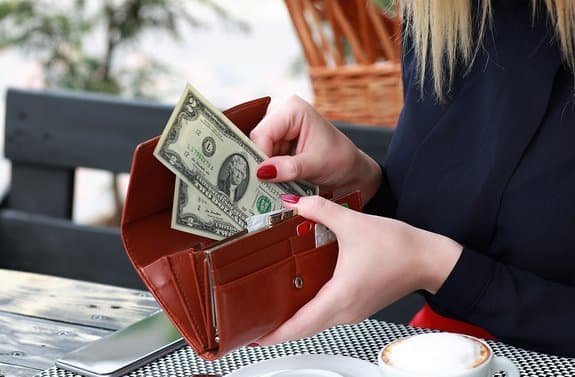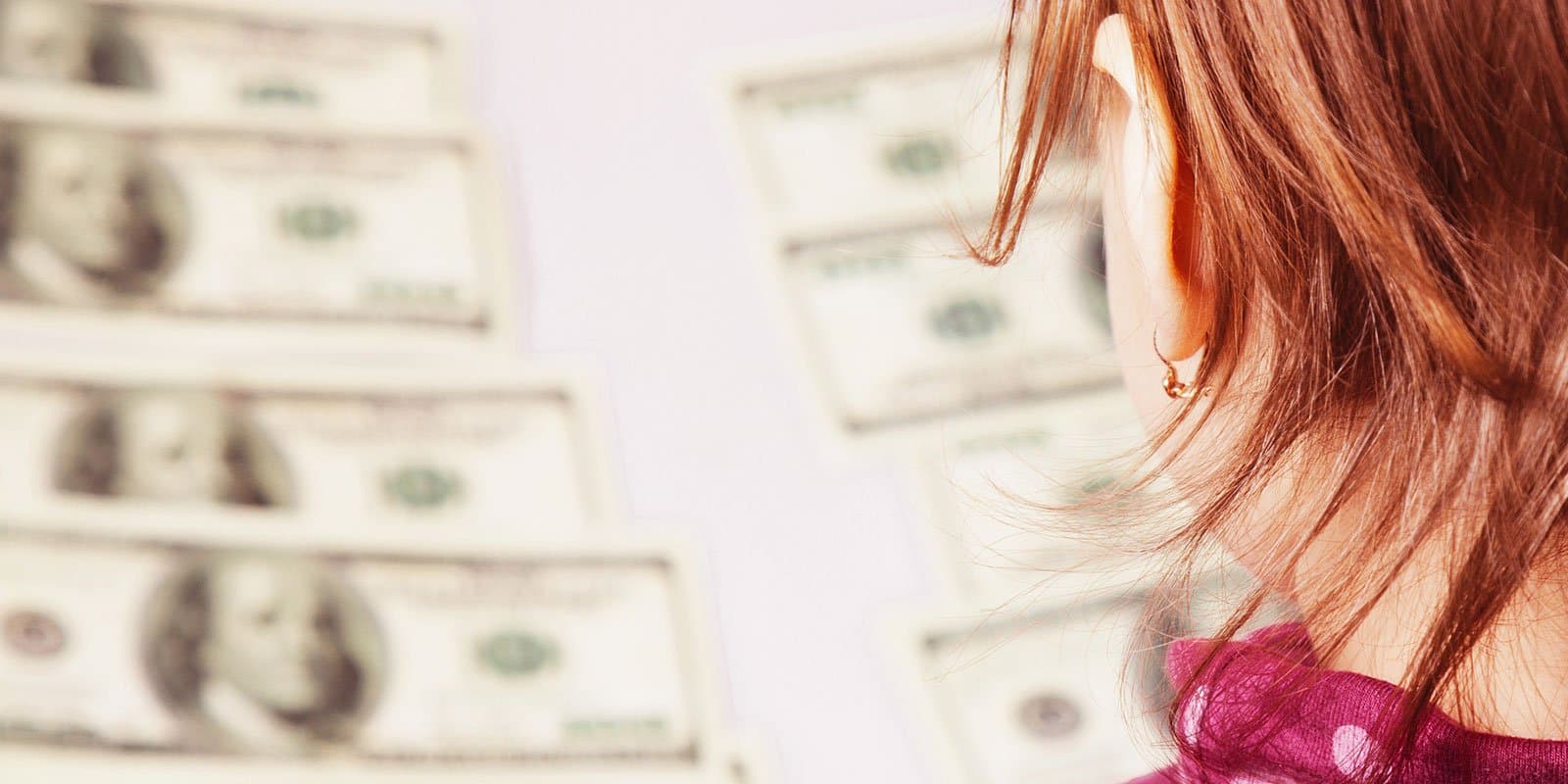
The Tale of the Tubman Twenty
This is the tale about the Tubman Twenty and the people protesting America's male-dominated dollar bills.
A girl and a grassroots organization
In the spring of 2015, President Obama publicly responded to an 11-year-old girl's letter requesting for there to be women on American dollars, calling it "a pretty good idea".
Barbara Ortiz Howard and her team had the same vision and were already creating the Women On 20s (W20) organization, offering people an online platform to vote for a female face for their national currency. Over 350k people took part in the 10-week campaign, and Harriet Tubman was selected as the face to appear on the next 20-dollar banknote. The W20 movement was going viral and it seemed that their May 11th 2015 petition would come to fruition.
In April 2016, the Obama Administration Treasury Secretary Jack Lew announced "the most sweeping and historically symbolic makeover of American currency in a century" promising to replace controversial president Andrew Jackson on the 20 dollar bill. To make the historic change all the more symbolic, the new design was set to be revealed in 2019 marking the 100-year anniversary of the 19th Amendment to the Constitution which recognized women's right to vote.
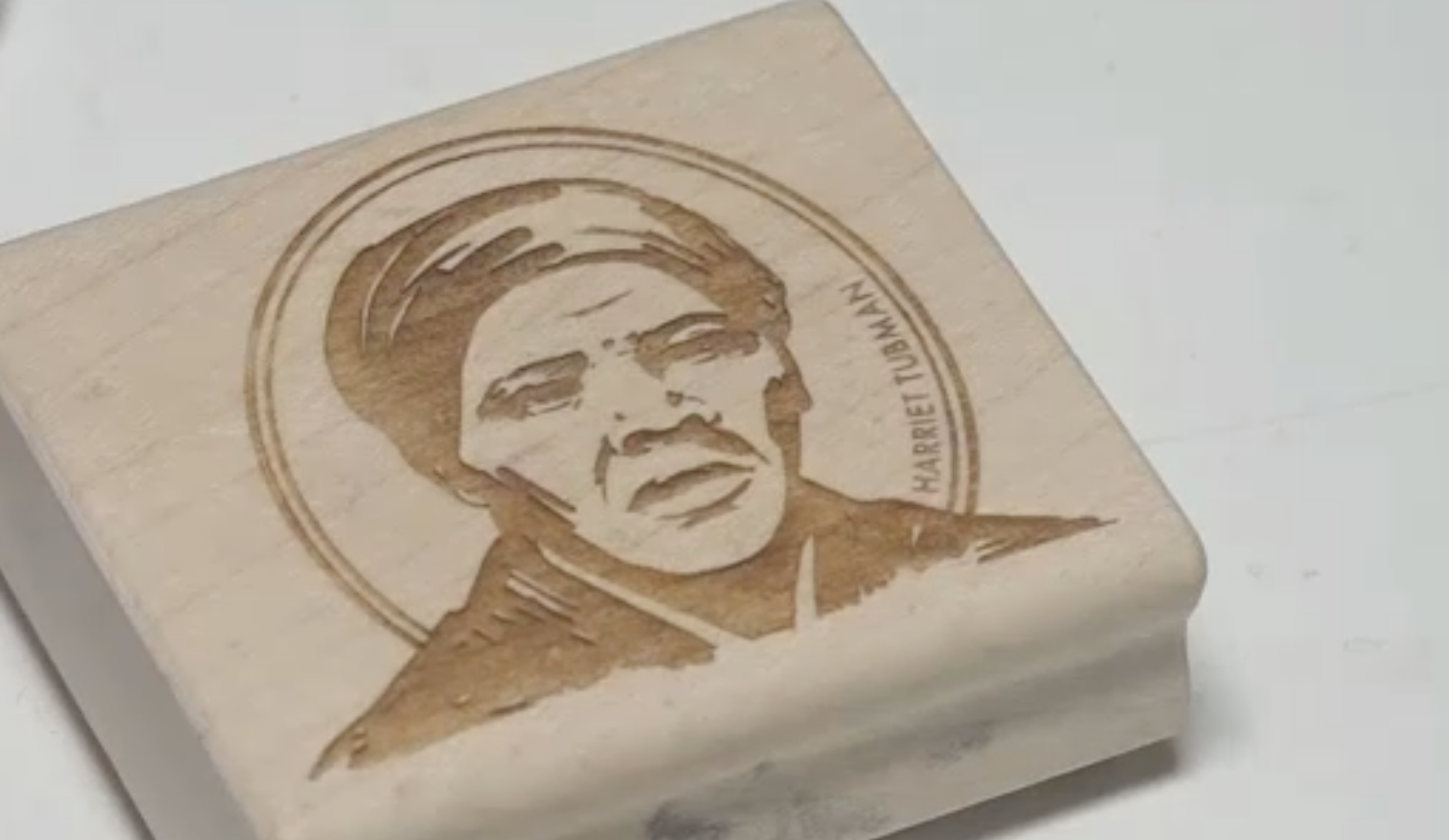
Photo: Dena Cooper
Why Harriet Tubman?
Harriet Tubman is one of the most impressive activists in American history. She's remembered as an iconic underground railroad conductor as well as a Union spy during the Civil War and an influential suffragist.
Critics have questioned if the choice of Harriet Tubman on money carries with it a contradictory message. They ask whether it would be an insult to her memory, to print the iconic abolitionist's face next to a denomination having spent her life fighting against a system that trades people for money as property against their will.
However, cash itself isn't so much property as it is a vehicle allowing people to move freely without the permission or prejudice, making it a social equalizer, something Tubman believed in. In a Slate article, Diana Ramey Berry says, "Putting these women on currency is a fitting tribute to their revolutionary movement."
"Just as Tubman and Nanny moved, so does currency. It crosses county lines, state boundaries, even national borders, enabling payments and purchases that can in themselves be acts of independence and self-determination."
Why Andrew Jackson?
He wasn't the first choice. Treasury Secretary Jack Lew originally proposed to put a woman in place of Alexander Hamilton on the $10 bill in 2015, but this was revised thanks to the success of the broadway musical about the founding father's life. Instead, Alexander Jackson on the $20 bill was considered.
The public agreed, but this is also because Jackson is a questionable figure to glorify. The 7th president's memory of a war hero is forever stained by his forced migration policies on countless indigenous people, slave ownership and his role in the Panic of 1837.
Unlike other countries, the United States has reason to resist change on their currency. Why disrupt their cash design, which helped secure a place as the most identifiable currency in the world? It's not like the nation was ever in the habit of updating the figures each series as done every few years by most other countries. Yet, it is a curious contradiction for a country that values individuality.
If "time is money", money should reflect the times
After Donald Trump took office in 2016, his evident aversion to all things Obama dampened expectations for the currency update. The public suspected the promise would no longer be fulfilled, and rightly so. It takes time to design perfect and secure banknotes, and while the Trump administration gave vague signs of interest on furthering the process, so disappeared any hope that they could pull off the feat by the women's vote centennial even if they did announce an update. In 2019, President Trump finally announced that the Tubman banknote would be revealed... in 2026.
"Well-behaved women seldom make history"
"Enough is enough" said one Brooklyn-based artist when she decided that if the people wanted to see Harriet Tubman on the 20, she would make it happen. Using her skills as an illustrator, Dena Cooper designed a stamp that, when pressed over Jackson's cash portrait, transforms the bill into a priceless symbol of defiance.
Re-facing hundreds of Jackson's with Tubman's portrait, Cooper's rebellion hit the headlines. The W20 campaign applauded her idea and, with support of the public, she's increased the number to at least 420 by 2020. While not illegal, Cooper's peaceful cash protest shows how paper currency not only facilitates direct and democratic trade, it has the power to drive change without violence.
Read more about using cash as a canvas for peaceful protest here.
Timeline about the Harriet Tubman Twenty
- Jan 9, 2020 Secret NYC (by Claire Leaden)
There Are Now Harriet Tubman $20 Bills In NYC Thanks To... - Jan 8, 2020 The Brooklyn Eagle (by Scott Enman)
In Brooklyn, Harriet Tubman is already on $20 bills - Jan 7, 2020 Brooklyn News (Dena Cooper interview)
"I'm not done. I have more ideas." - Artist stamps Harriet Tubman... - May 23, 2019 The Guardian (by Erin Durkin)
Outrage as Trump delays putting Harriet Tubman on $20 bill... - May 22, 2019 CNBC (by Tucker Higgins)
Harriet Tubman $20 bill no longer coming in 2020: Mnuchin says... - Mar 6, 2019 CNN (by Donna Borak)
What's happening with the Harriet Tubman $20 bill? It's still not clear - Jun 18, 2018 The New Yorker (by Doreen St. Félix)
The Haunted Image of Harriet Tubman on the Twenty-Dollar Bill - Jan 12, 2018 CNN (by Donna Borak)
Mnuchin still won't commit to putting Harriet Tubman on the $20 bill - Apr 20, 2016 The New York Times (by Jackie Calmes)
Harriet Tubman Ousts Andrew Jackson in Change for a $20 - May 11, 2015 Women on 20 (W20)
Petition for Harriet - Mar 31, 2015 Times Exclusive (by Charlotte Alter)
Read a 9-Year-Old's Letter to Obama...

